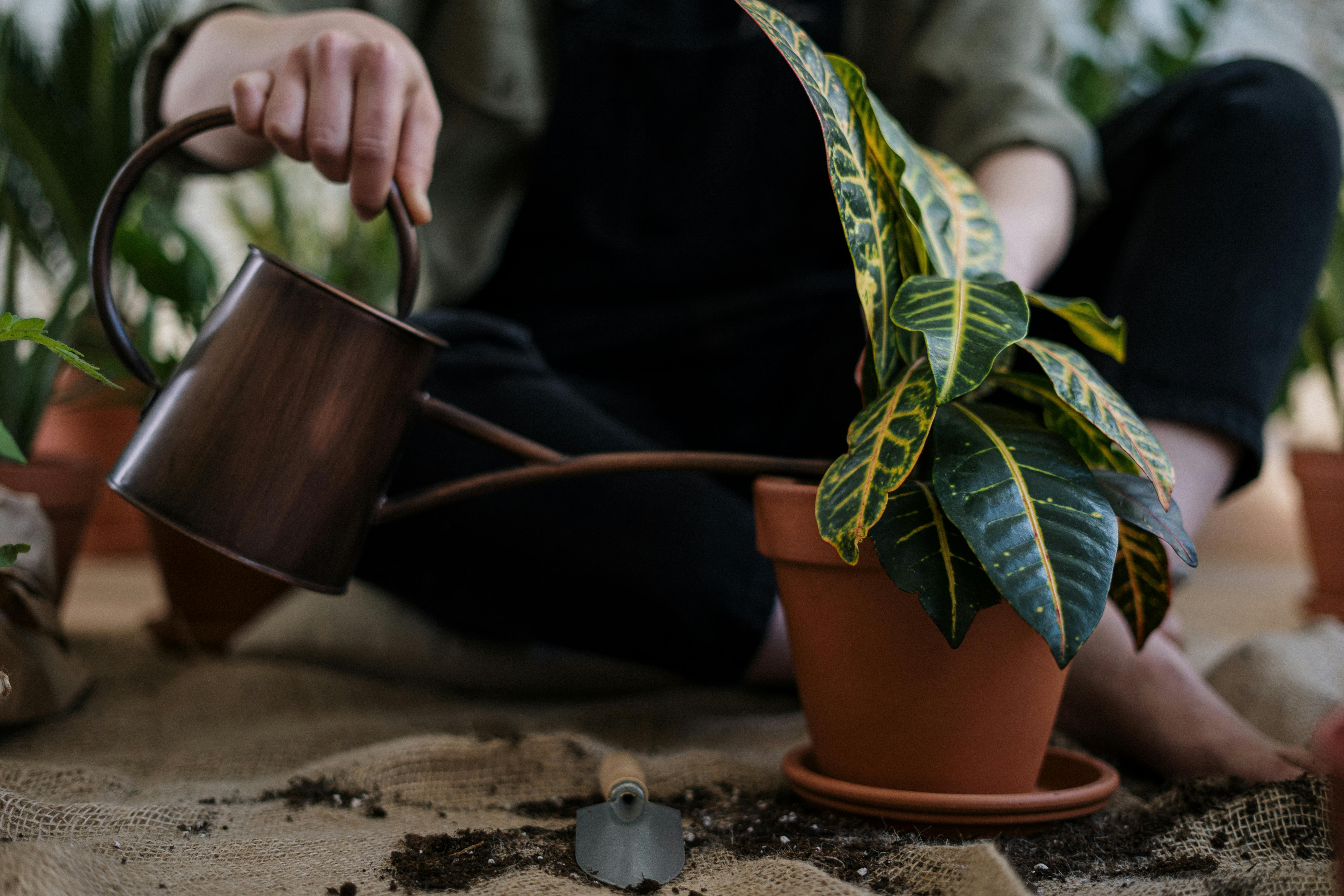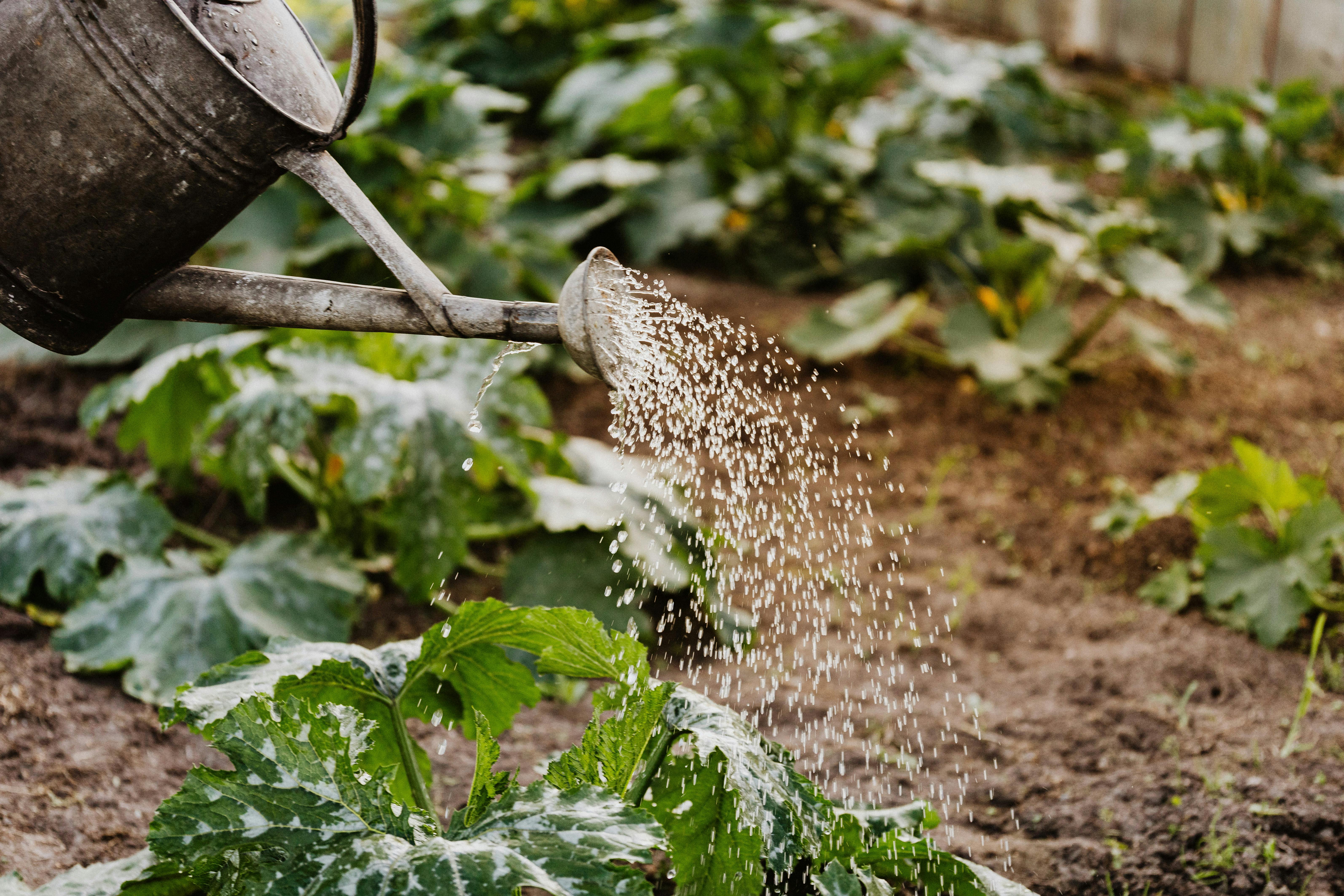What is a Watering Can? A
Comprehensive Introduction
A watering can is a gardening tool designed to make the process of watering plants more efficient
and controlled. It typically features a container, a handle for carrying, and a spout through
which water is dispensed. The design allows gardeners to deliver water precisely where it’s
needed, making it ideal for maintaining healthy plants. Watering cans are available in various
sizes, shapes, and materials such as plastic, metal, and galvanized steel. Whether you're
watering a small potted plant or a large garden, a watering can is a reliable tool for keeping
your plants hydrated.
Conclusion: The Essential Role of
Watering Cans in Gardening
Watering cans are simple yet essential tools for gardeners, whether they’re tending to indoor
plants or outdoor gardens. Their ability to provide controlled, gentle watering helps avoid
overwatering, reduces waste, and ensures that plants receive the right amount of moisture. With
various designs available, gardeners can choose a watering can based on their specific needs,
plant types, and personal preferences. Overall, watering cans contribute significantly to the
overall health and growth of plants, making them indispensable in any gardening toolkit.
Why You Should Use a Watering Can
in Your Garden
Water conservation, ease of use, better for small gardens or indoor plants, and healthier plants
are some of the key reasons why watering cans are beneficial for gardeners.

How to Choose the Best Watering
Can for Your Garden or Home
When choosing the best watering can, consider factors like capacity, material, ergonomics, spout
type, and weight.




